
A two part look at flooding in the UK, once flooding starts what to do and how to clean up afterwards.
Written in 2015, links updated Oct 2019
Once flooding actually starts:
It can be hard to imagine what a flood event would really involve. One member Osbourne One-Nil, of the Netweather Community, our online forum shared his recent experiences after Storm Desmond. He lives in Cumbria in the north Pennines. Read the rest of his account here.
My village is next to a small beck that feeds in the River Eden. When I woke on Saturday morning, the beck had risen from its normal 6" deep trickle to something around 6ft deep and was forcing itself over the banks onto the road. The last time it did this was in January 2005…
What to do when flooding begins
1. Keeping up to date with warnings is key, charge your phone.
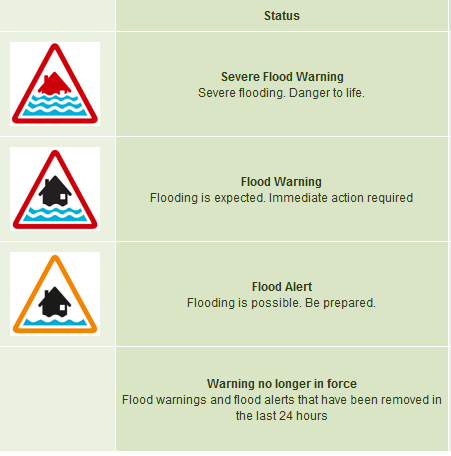
Use Floodline, your registered alerts, Twitter, the Env. Agencies websites to see how the flood situation is changing. Just because it stops raining doesn't mean that the risk disappears.
2. Look at your personal flood plan: In an actual flood, protecting life outweighs looking after property. Being prepared in an emergency can help to reduce stress, panic and avoid loss of life. Plan to move upstairs in good time.
3.Deploy any flood protection equipment or make it ready
Cover air bricks, fill sandbags. Put plugs in sinks and baths to stop water entering your home, weigh them down. Block toilets.
Fill jugs and saucepans with clean water
Move your car to higher ground, if it is safe to do so.
Turn electricity off, gas off and water off
Listen to the advice of the emergencies services
How to use sand bags. They are time-consuming and require two people to fill, there are other modern technologies available.
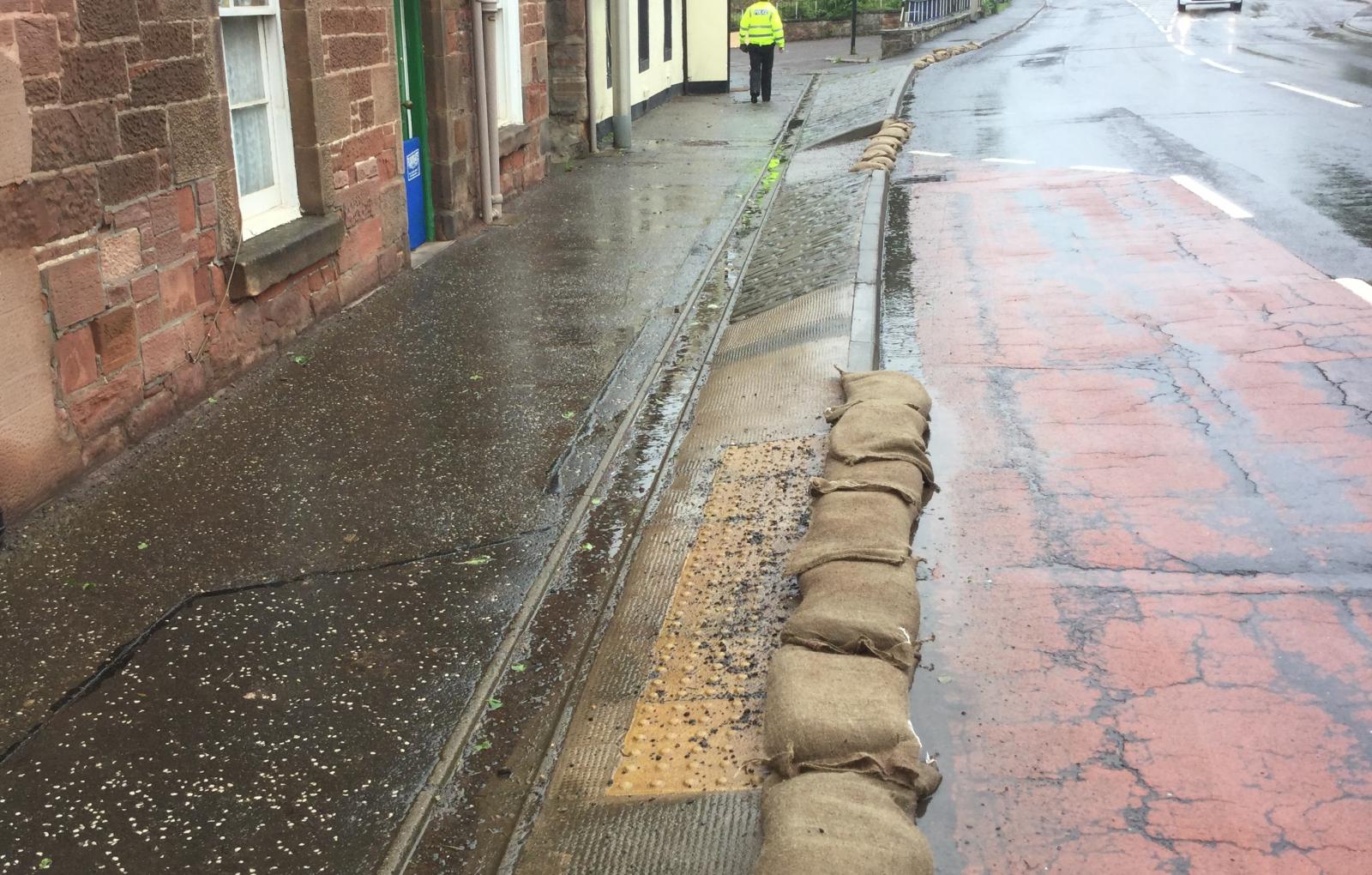
Keep Safe, Keep Warm
Do not approach any fast-flowing water or deep standing water. If you enter swiftly flowing water, you risk drowning, regardless of your ability to swim. Shallow standing water can be dangerous for small children.
Do not allow children to play in the flood waters. Also, do not rely on cars or other vehicles to protect you from floodwaters. If you have to enter floodwater, in all cases move slowly and carefully, make sure you are wearing strong footwear and use a stick to check that you are not about to step into a hole or onto a sharp object. If driving in floods is unavoidable, do so with extreme caution. 6 inches depth of fast flowing water can sweep a 4×4 vehicle off a road
Do not drive through rising floodwaters, keep in touch with the news, on TV/Radio/online but keep your phone charged as long as possible.
Do not approach any structure that may be unsafe.
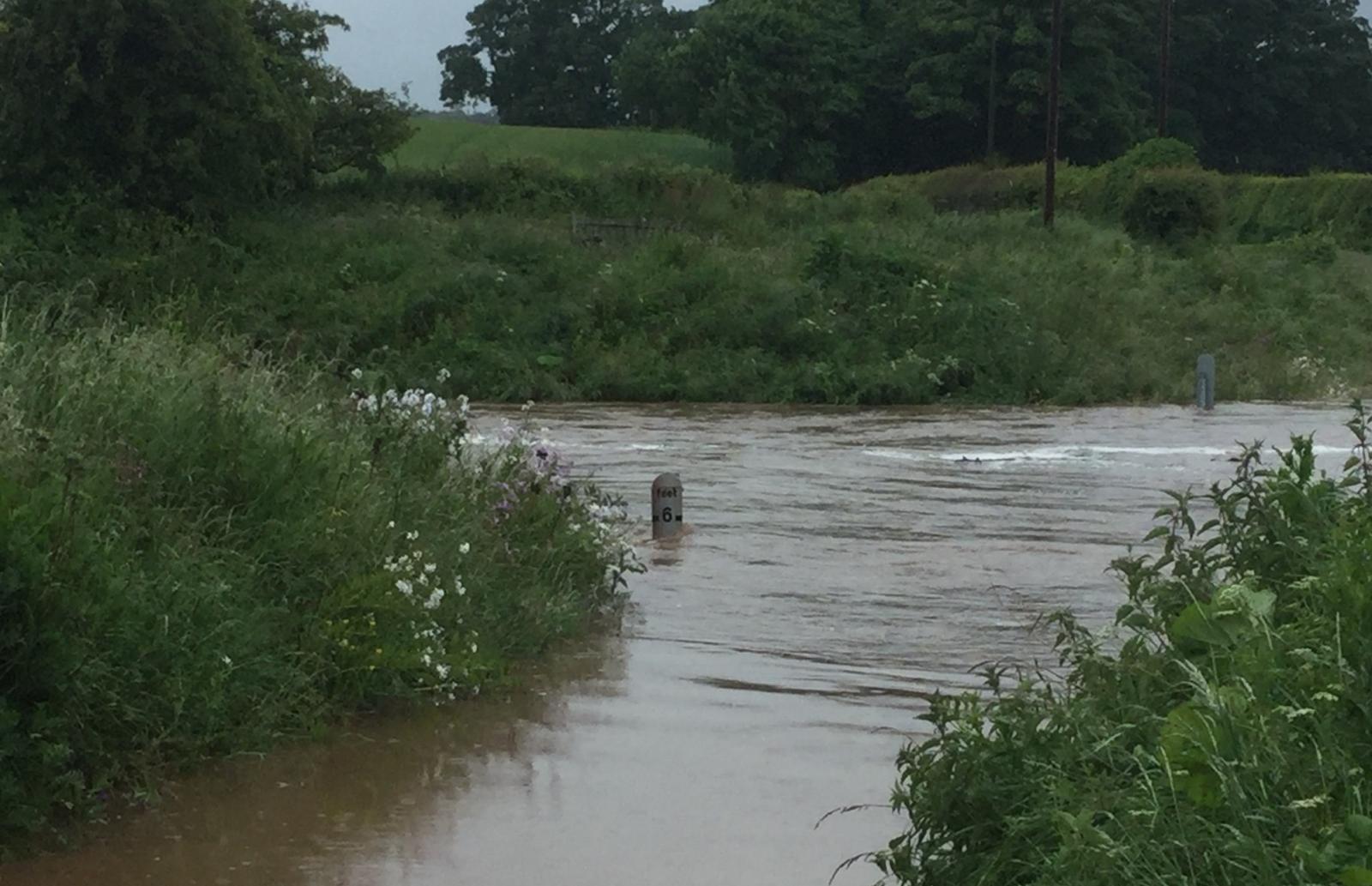
Essentials if you are evacuated to a rest centre:
Insurance documents and other important documents
Mobile phones and chargers
Children’s essentials (milk, baby food, sterilised bottles & spoons, nappies,wipes, nappy bags, clothing, comforter, teddy or favourite toy)
Emergency cash and credit cards
Essential prescription medication / repeat prescription forms
Basic clean clothing (underwear etc)
What you should also consider:
Insurance emergency helpline, local council and emergency service numbers,
family and friends telephone numbers, local radio frequencies
Windup radio, but if battery, take spares
Windup torch, but if battery, take spares
Camera to record damage for insurance purposes (Digital cameras are best)
Bottled water (check use-by date)
Non-perishable food items (including energy or cereal bars)
Wash kit and essential toiletries (including toothbrush and wet wipes)
Blankets, duvets, warm clothes
Pack of playing cards or family games
Additional items: wellington boots, waterproof clothing, rubber gloves
First aid kit
What should I do as the waters recede
As well as groundwater flooding, rivers overtopping or bursting their banks and coastal flooding, problems with sewers and farm land can lead to raw human or animal waste in floodwaters, which can be a health risk to affected populations if not cleaned-up properly. Recovery and decontamination of residential areas (e.g. homes, gardens, schools and playing fields) will be required once the floodwaters have receded
How to clean up properly?
Your home:
Call your insurance company number. Follow their advice.
Wait until flood water has receded and it is safe to re-enter the property before starting any clean-up.
You can ask your local Fire and Rescue Service for help pumping out water but you may be charged a fee.
Take photos of damage before any clean up starts, and before anything is thrown away. Keep a sample of ruined carpets.
Make a note of the reading on your electric meter.
Don’t turn on your electricity until it has been checked.
Take around with you a small notebook to note down who you have spoken to, their names, who they work for, what they do, phone number, email, date and time you spoke to them, what they said.
Keeping healthy
Cleaning up can be hard physical work combined with the emotional strain of the situation. Recognise this and rest, eat meals and bottled water and share experiences.
You will need wellies, waterproof, face mask/goggles, your Marigolds
Hand wash, If there is no clean water, use disposable soapy, wet wipes or sanitising gel to carefully clean all parts of your hands and dry them
Only turn the electricity back on when it’s been checked by an electrician.
Keep children and pets out of floodwaters, this is not a playpark. Make sure children wash their hands regularly and before meals
Do wash floodwater contaminated toys with hot water and detergent before allowing them to be used. For soft toys, put them in a hot (60°C) machine wash, along with any other affected fabric items.
Sickness - Avoid contact with floodwater and wash your hands regularly. Swallowing floodwater or mud can cause diarrhoea, fever or abdominal pain. Mention the flood if you see your GP with abdominal complaints that started within 10 days of being exposed to floodwater or sewage contamination.
Natural weathering (and drying out) may be the most appropriate approach for recreational areas as sunlight and natural UV radiation are effective at killing micro-organisms.
Council collection bins and skips will appear.
Once the actual floodwaters have receded dehumidifiers can be used to collect moisture from the air and can aid in drying out a property after floodwater has receded. Water is collected in the dehumidifier and can be disposed of down foul water drains and sinks.
Household bleach and detergent will help clean some surfaces, steam cleaning for fabrics once dry and pressure hosing others outdoors.
Clothing and need to be washed at 60C
The emotional effects of a flood linger for much longer, be aware of this and see help and care if you feel the distress of the event is ongoing
•Follow a normal routine as much as possible.
•Eat healthy meals. Be careful not to skip meals or to overeat.
•Exercise and stay active.
•Help neighbours or other people in your community. Stay busy.
•Accept help from family, friends, co-workers, or faith group. Talk about your feelings with them.
•Limit your time around the sights and sounds of what happened.
•Don’t dwell on TV, radio, or newspaper reports on the crisis.
Food
The Food Standards Agency advises people not to eat any food that has been touched or covered by floodwater or sewage. If you grow your own food in your garden, you can eat any that has to be cooked. Apples from trees that stayed above the water level are also fine. If your power has been cut off and your fridge has not been working for up to four hours and has remained unopened, the food inside will be safe. If your fridge has not been working for more than four hours it is advisable to throw away the food inside. If your freezer has not been working throw away any food that has started to get soft, including food that is intended to be eaten from frozen (e.g. ice cream). Again photograph, as food maybe insured.
Depending upon how full the freezer is, produce can remain frozen and safe for 24 hours or more if the freezer door is left unopened. Remember “when in doubt throw it out”
Clean and disinfect all work surfaces, plates, pans, cutlery, plastic/ceramic chopping boards etc. before using them with food. If you have a working dishwasher and mains water supply, this is a more efficient way to clean and sanitise smaller items.
Discard wooden chopping boards and wooden spoons if contaminated by floodwater.
Thoroughly clean the inside of your fridge and food cupboards if they have been touched by floodwater.
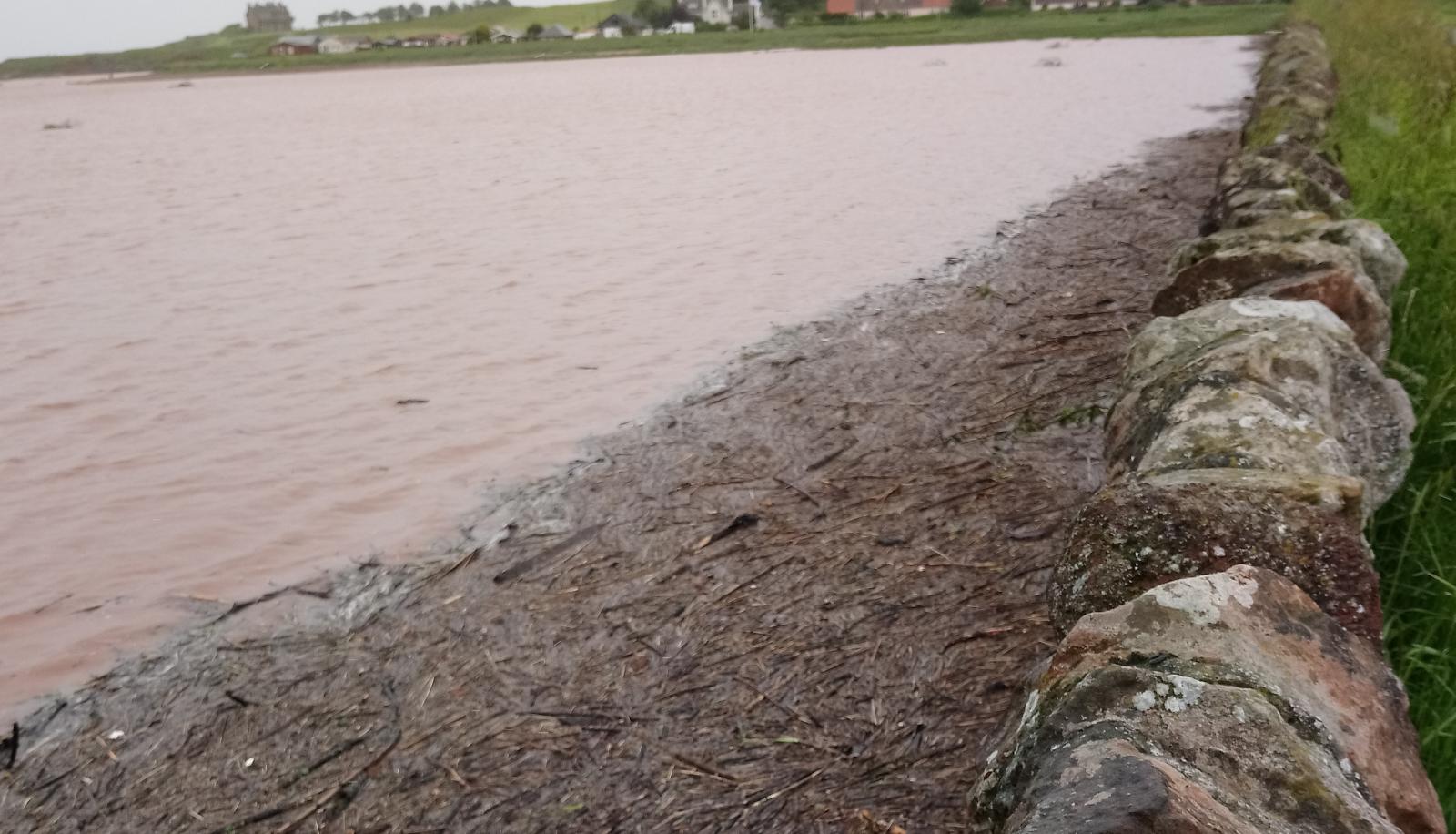
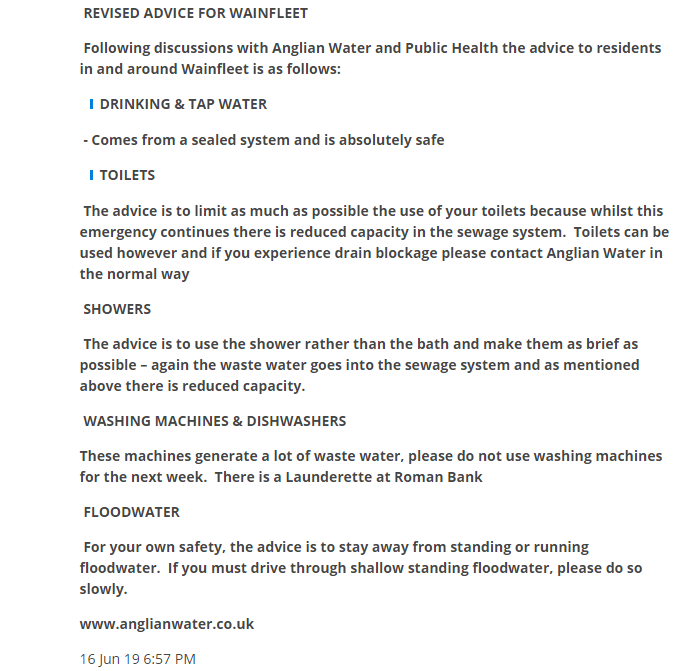
Water
Boiling water is one of the most effective ways of sanitising and killing waterborne microbes and is recommended in situations where microbial contamination of drinking water could threaten public health
There are three kinds of water notices for different circumstances: Boil tap water before use; Do not drink your tap water; Do not use your tap water.
However, infection problems arising from floods in the UK are rare.
Carbon monoxide poisoning
During and after a flood people use camping stoves and generators inside, there has to be suitable ventilation and generators should not be brought inside. Exposure to high indoor levels can be fatal, while exposure to lower levels can result in symptoms that resemble flu, viral infections or food poisoning. Headache, tiredness, difficulty in thinking clearly and feeling sick are the most common symptoms. Be aware of this. Appliances that use fossil fuels (Natural gas and Coal) and wood will need checking before re-use. CO monitors are helpful but should not be relied upon on their own
Sand bags - seek advice from your local authority as to whether any other options are available to dispose of the sandbags. Do not place full sandbags or the sand in your household waste.
Do not allow children to play with the sand or place it in sand pits due to the risks from possible contamination. The bags can be emptied and bags dried in sunlight, the sand is waste.

Drying out
Once heating has been checked. Keep the thermostat between 20-22 degrees centigrade for steady drying. If you are drying your property naturally, keep doors and windows open as much as possible. If using dehumidifiers, close external doors and windows. Check air bricks have clear flow of air.
Mould should disappear as your home dries out
Dispose of waste careful, especially food stuffs. Rats appear after flooding and their urine brings the risk of Weil’s disease
More information and help